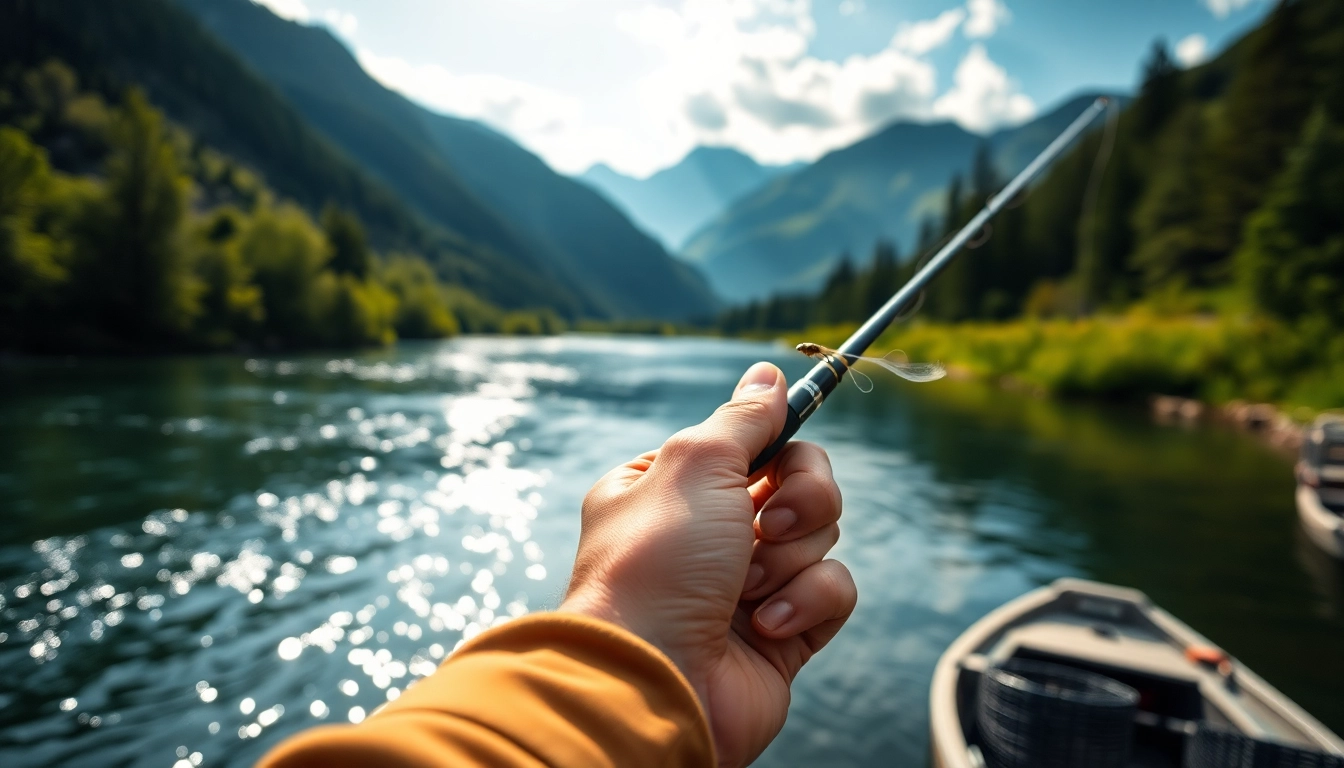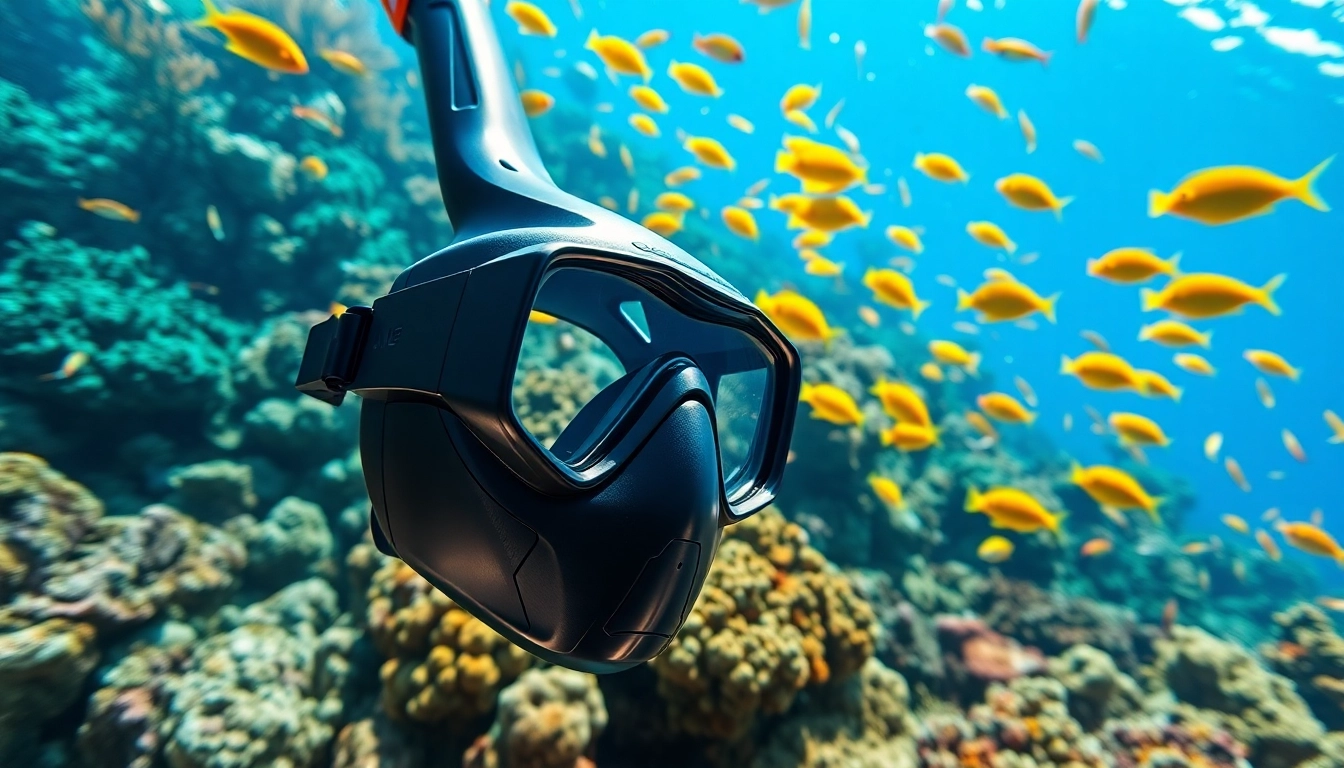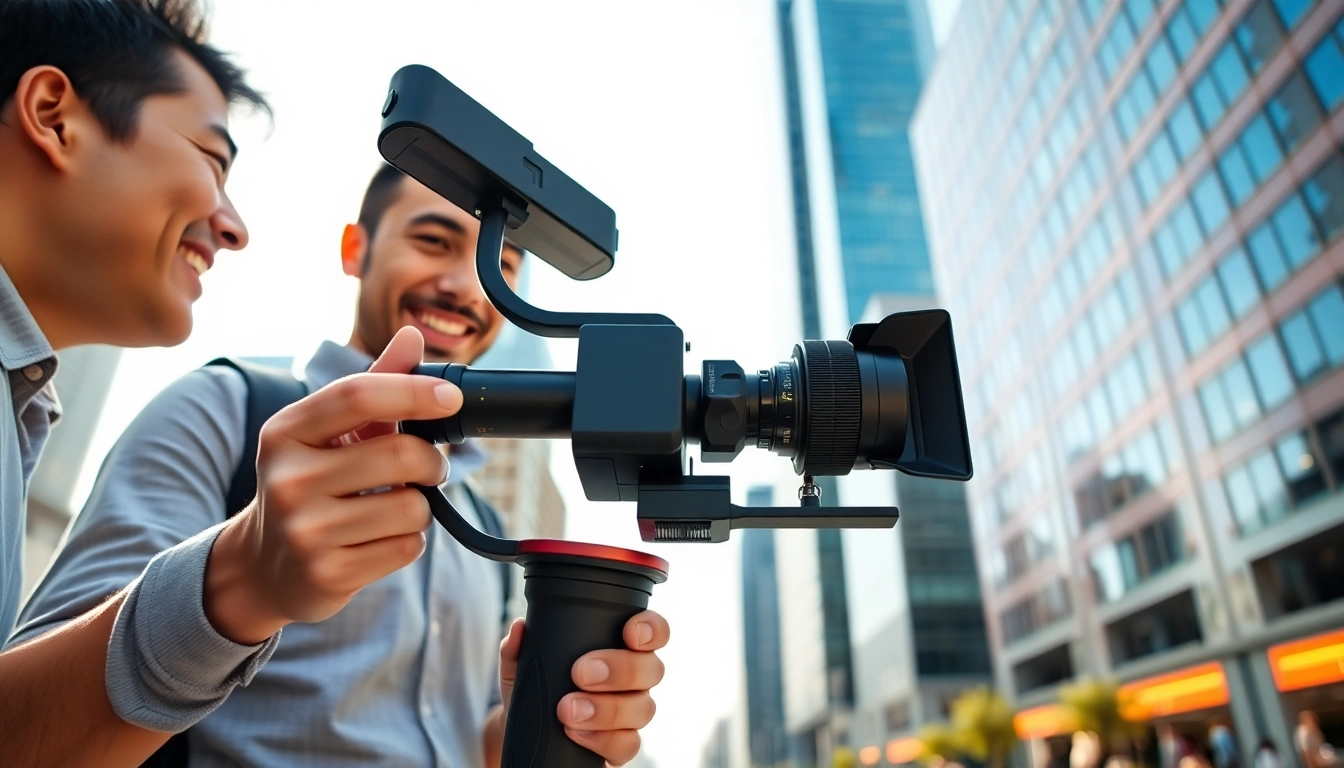Understanding Fly Fishing Rods
Fly fishing is as much an art as it is a science, and at the heart of this exhilarating outdoor pastime lies one of its most critical components: the fly fishing rod. Whether you’re a seasoned pro or a novice angler, understanding the intricacies of best fly fishing rods can drastically enhance your experience on the water. This comprehensive guide aims to dissect the anatomy of fly fishing rods, explore the various types available, and provide insights into their construction, helping you make informed decisions when selecting the right rod for your needs.
The Anatomy of Fly Fishing Rods
A fly fishing rod is meticulously crafted to serve as an extension of your arm, integrating various components designed to improve casting efficiency and control. Understanding the anatomy of fly fishing rods is essential for both beginners and experienced anglers alike.
- Rod Blank: The main body of the rod, typically made from graphite or fiberglass, determines the rod’s sensitivity, strength, and weight.
- Guides: These are often ceramic or metal loops fitted along the rod that help guide the fishing line and reduce friction during casting.
- Reel Seat: A specialized section that holds the fishing reel securely in place.
- Grip: Usually made from cork or foam, this is where the angler holds the rod.
- Tip: The end part of the rod that provides sensitivity for detecting bites and affects the rod’s action.
Different Types of Fly Fishing Rods
There are several types of fly fishing rods designed for specific techniques and conditions. Familiarity with these various types ensures that your fishing adventures are both enjoyable and successful.
- Single-Handed Rods: Versatile and easy to handle, these rods are perfect for small streams and ponds where short-distance casting is necessary.
- Two-Handed or Spey Rods: Ideal for casting large flies and covering more water, these rods are commonly employed in river fishing, especially for salmon.
- Switch Rods: A hybrid between single-handed and two-handed rods, these versatile tools offer the ability to cast in various conditions.
- Euro Nymphing Rods: Light and sensitive, these rods are designed for specialized techniques aimed at catching trout with nymphs.
How Best Fly Fishing Rods are Constructed
The construction quality of fly fishing rods impacts their performance significantly. Rods are made using various materials and techniques that directly influence their action, flexibility, and durability.
Many high-quality rods utilize graphite due to its lightweight and strong properties, allowing for longer casts while maintaining sensitivity. Fiberglass is also an alternative material that provides greater durability but at the expense of sensitivity and weight. Each rod may feature varying layers or “wrappings” which can contribute to its overall strength and action profile. The construction method, including how well the guides are mounted and the precision of the tip, can also determine the rod’s responsiveness.
Choosing the Right Fly Fishing Rod
Selecting the correct fly fishing rod is crucial for maximizing your fishing efficiency. Key factors to consider include the type of water, the species you are targeting, and your personal preferences.
Factors to Consider When Selecting
- Length: The length of the rod influences casting distance and control. A longer rod may allow for increased casting distance but can be cumbersome in tight spaces.
- Weight: Matching the rod weight to the fishing line weight is vital for optimal performance. This will ensure a balanced setup and prevent equipment failures.
- Action: The action of the rod refers to how much it bends when pressure is applied. Fast-action rods bend near the tip, while slow-action rods bend throughout the length.
- Power: Referring to the rod’s strength, power ratings dictate how much force the rod can handle before breaking. Choose one that corresponds to the fish species you intend to target.
Matching Rods with Fishing Styles
Understanding different fishing styles is critical in selecting a fly rod that complements your approach. Here’s how different conditions might affect your choice:
- Stream Fishing: Short, light rods are ideal for navigating tight spots in smaller streams, while longer rods help cast further in open waters.
- Lake Fishing: Medium to long rods provide better casting distance when fishing in large lakes, allowing anglers to reach further from the shore.
- Saltwater Fishing: Sturdier rods with salt-resistant features are necessary for handling larger species found in coastal waters.
Best Fly Fishing Rods for Beginners
For newcomers to fly fishing, selecting a rod can be daunting. The best fly fishing rods for beginners should ideally be versatile, forgiving, and easy to handle:
- Medium Action Rods: These rods provide a good balance between sensitivity and power, making them easier to learn with.
- Shorter Rods: Shorter rods are typically easier to maneuver, which is beneficial for mastering casting techniques.
- All-in-One Kits: Some manufacturers offer complete fly rod kits including the rod, reel, line, and flies, simplifying the gear selection process.
Top Features of Quality Fly Fishing Rods
When considering fly fishing rods, certain features demarcate quality rods from the rest. Knowing these features can help anglers make informed purchasing decisions.
Materials and Their Impact on Performance
The material used in rod construction plays a huge role in its performance. Here’s a breakdown of the common materials:
- Graphite: Lightweight and sensitive, allowing for long-distance casting.
- Fiberglass: Offers a more forgiving action and is generally more durable; best for beginners due to its robustness.
- Composite: A blend of materials designed to offer a balance between weight and strength, often providing better shock resistance.
Action and Power Ratings Explained
Understanding rod action helps in selecting the right rod for various fishing techniques. Action can be classified into three categories:
- Fast Action: Most flexible at the tip; great for precise casting and handling large fish.
- Medium Action: Offers a blend of flexibility throughout the rod, suitable for various casting techniques.
- Slow Action: Bends deeply; more suited for roll casting and delicate presentations in calm waters.
Important Accessories for Best Fly Fishing Rods
In addition to the rod itself, several accessories enhance the fly fishing experience:
- Reels: The choice of reel affects weight balance, drag performance, and retrieval speed.
- Lines: The fly line used must match the rod’s weight class for optimal performance.
- Leaders and Tippet: These are crucial for connecting flies to lines and achieving the right presentation underwater.
- Storage Cases: Rod tubes or cases are essential for protecting rods during transport.
Maintenance and Care for Fly Fishing Rods
Proper maintenance and care can prolong the life of your fly fishing rods, ensuring consistent performance over time. Below are effective practices to help maintain your rods.
Cleaning Techniques for Longevity
Cleaning your rod is vital, especially after exposure to saltwater or muddy environments. Follow these steps for optimal cleaning:
- Use a soft cloth to wipe down the rod after each use.
- For deeper cleaning, use mild soap and warm water on the rod and guides.
- Ensure all components are thoroughly dried to prevent corrosion.
Storage Tips for Best Fly Fishing Rods
Storing your fly fishing rods correctly not only prevents damage but also maintains their functionality:
- Always store rods in a protective tube or case, particularly when transporting them.
- Avoid leaving them in direct sunlight or extreme temperatures, as this can damage the materials.
- For long-term storage, consider disassembling the rod and lying it flat to prevent warping.
Repairing Minor Damages
Minor damages such as scratches or loose guides can often be repaired easily:
- For small scratches, apply a touch of rod finish or epoxy to seal the area.
- Loose guides can typically be reattached with a bit of rod glue; ensure they are straight before securing.
- For more extensive damage, consider visiting a professional for rod repairs.
Advanced Techniques in Fly Fishing
Once comfortable with the basics of fly fishing, anglers can explore advanced techniques that can significantly enhance their skills and overall success.
Using Different Rod Types for Various Conditions
Different fishing conditions may require specific rod adaptations. Understanding these nuances can lead to greater success on the water:
- In windy conditions, using a faster-action rod can help cut through the resistance.
- For delicate presentations, a slower-action rod will allow a soft drop of the fly into position without spooking fish.
Leveraging Technology with Best Fly Fishing Rods
Technological advancements have introduced features such as digital fishing guides and smart reels that enhance the fly fishing experience:
- Smart reels can help monitor line tension and provide instant feedback on catches.
- Mobile apps can assist in tracking weather conditions, water temperatures, and optimal fishing times based on local data.
Sharing Experiences: Learning from the Community
Engaging with the fly fishing community can be an enriching experience, offering insights and lessons learned:
- Online forums and groups often share successful techniques and tips, enhancing your skill set.
- Local fishing clubs conduct workshops and gatherings that provide hands-on learning experiences.
Understanding the best fly fishing rods, their construction, and how to maintain them properly can substantially elevate your fly fishing experience. From choosing the right rod to storing and caring for it, each element contributes to long-lasting performance on the water, ultimately leading to more successful fishing adventures.



